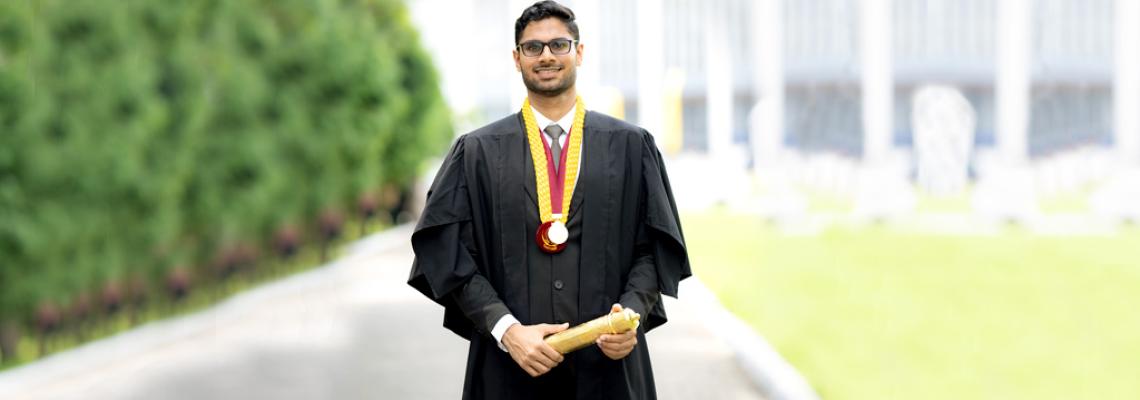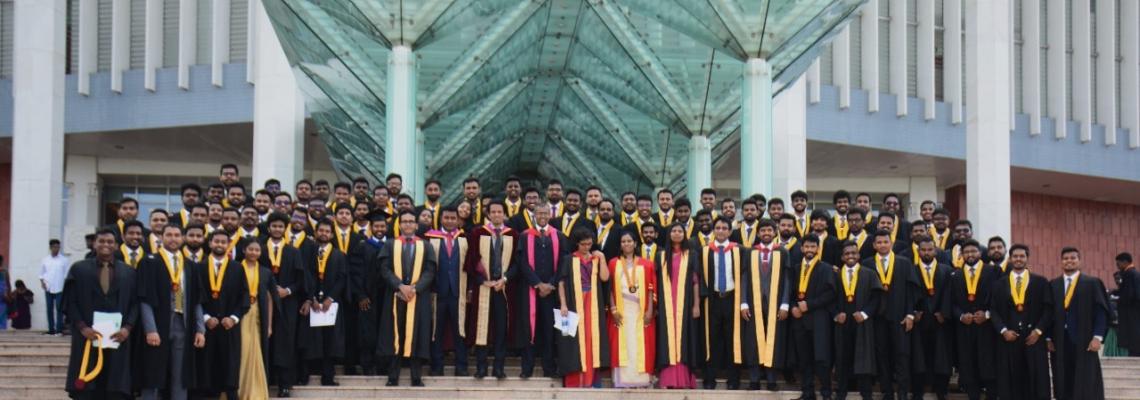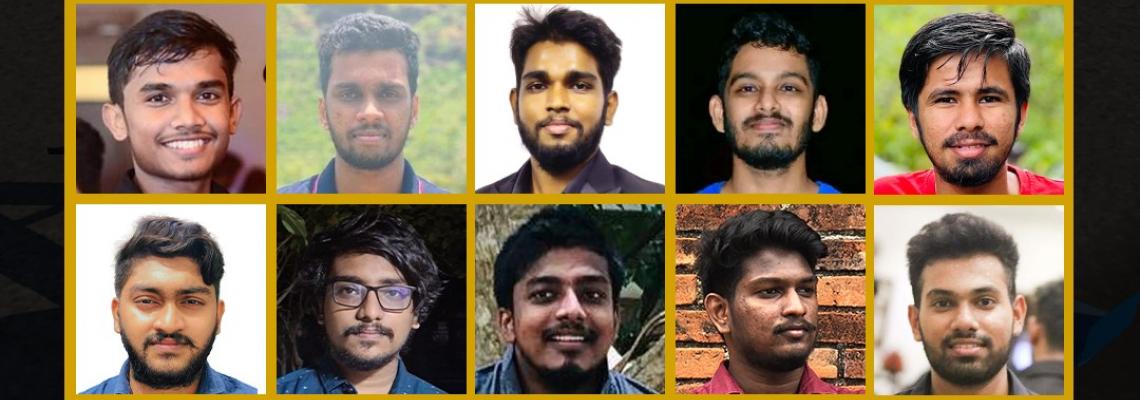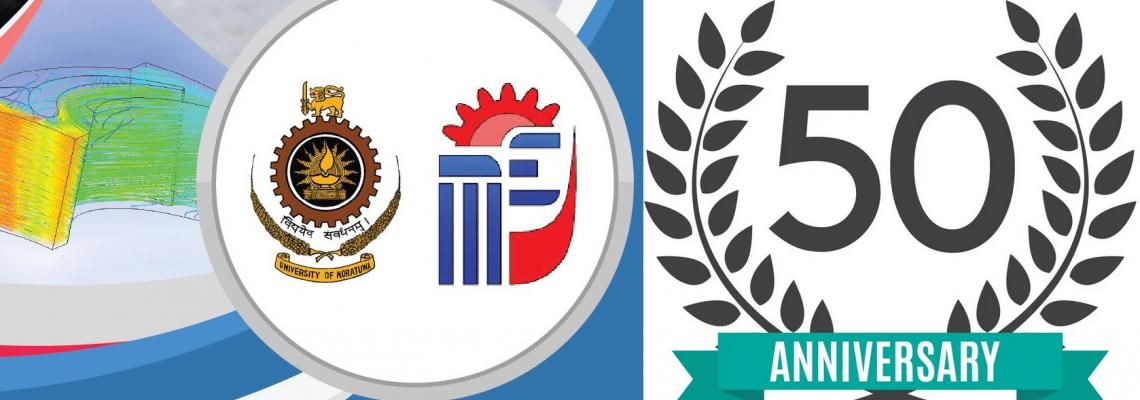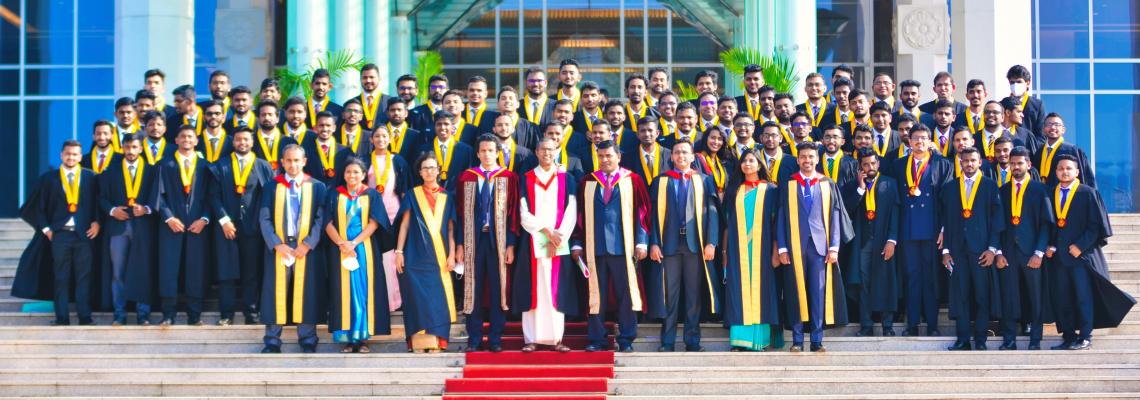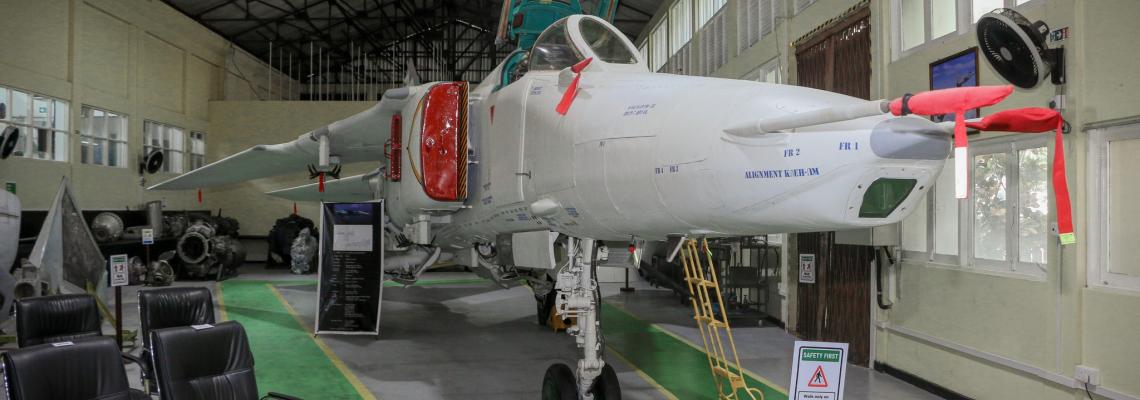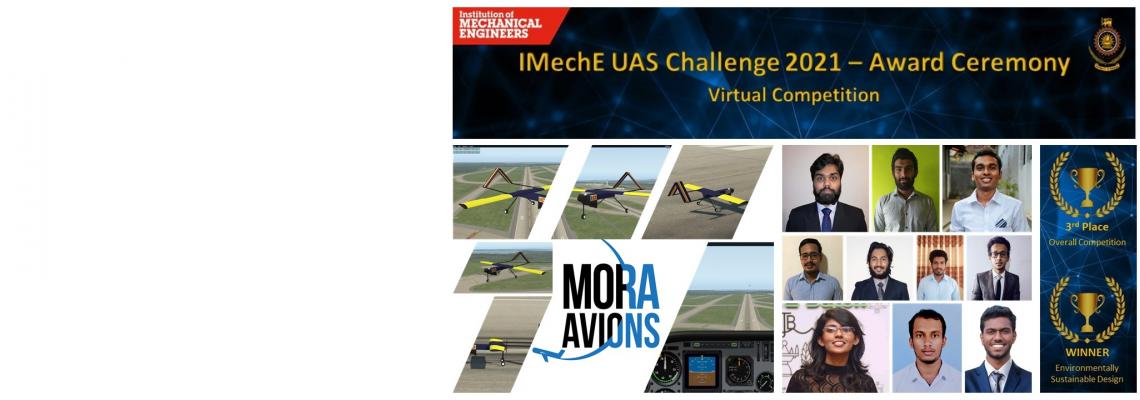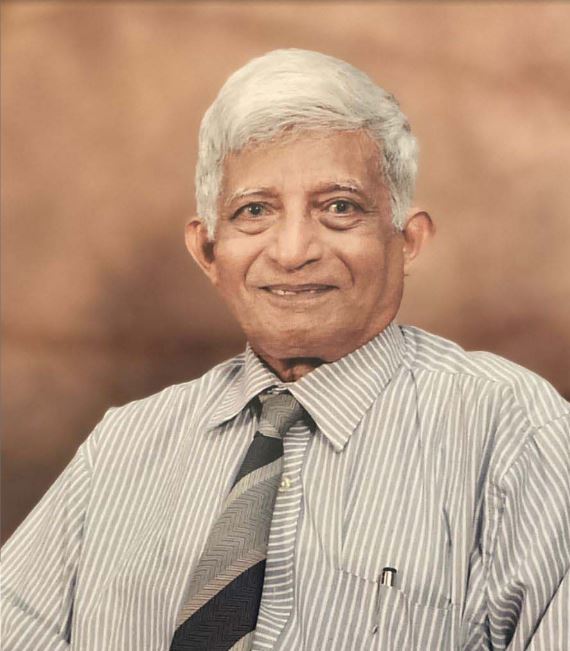
Following is an interview with Professor Emeritus P A De Silva extracted from "Bolgoda Chat"; Interviewed and transcribed by Dr. Hirushie Karunathilake and Dr. Sanjeeva Witharana. Original article can be downloaded from here: https://doi.org/10.31705/BPRM.2021.9
Crossing the boarders in his own way...
The Start of the journey
My first school was Patuwatha Seelakkanda Sinhala School. Instead of my mother or father, my grandmother took me to my first school. Then, I was enrolled in Hikkaduwa English School. From there, I transferred to Panadura Sri Sumangala because I wanted to study in the science stream, and I passed my SSC exam (GCE O/L nowadays) with a first division pass from that school.
I had to transfer to Ananda College after that, since I wanted to do engineering for my HSC studies (GCE A/L). The entrance was through a competitive exam. While applying for that, I also applied for the Technical College. Most people told me to focus on one thing instead of trying to do both. However, Senator D.W. Perera (the Vice Principal of Sri Sumangala) had the faith that I could succeed in both. Therefore, I studied at Ananda College in the morning, while studying Mechanical Engineering 1 and 2 at the Technical College in the afternoons. By the time I gained university entrance, I had passed both ME1 and ME2 and also completed a workshop course.
There was only one faculty of engineering at that time, and that was on the Thurstan Road, at the University of Ceylon. Those days, engineering faculty papers were shipped off and graded in London by examiners there, and that was how we obtained IMechE recognition. I was recruited to the CTB after the completion of my bachelor’s degree and was sent to the Rathnapura depot. Then, I was asked to go to the Kurunegala depot and to be a “trouble-shooter”. Later I was posted to the Werahera Central Workshop.
The turn
Early days in the University
IPT gained university status in 1972. However, in 1966 we had received a status equivalent to a university, under the name “Ceylon College of Technology”. I remember one interesting incident from that time. The first vice chancellor was Dr. Upali Kuruppu. I was responsible for selecting Junior Technical Officers (JTO), and these were highly capable students who had missed engineering by a narrow margin. There were around 80 deserving candidates, and we were only admitting 40. Late Prof. Patuwathawithana and I (we were both young and junior staff members at that time), approached the administration to request an increase in the intake. Indeed, we had space to accommodate. There was a fear that, if we produced more, there will be no demand. The University of Ceylon was thus unwilling to increase the intake beyond 25 students. Finally, we managed to increase the JTO intake from 40 to 60. The JTO students were very capable. Prof. Patuwathawithana and I started to teach IMechE part II subjects to them. While I taught Heat Engines and Materials, he used to teach Thermo-machines etc. Some of them went on to become chartered engineers, and that too paved the way for the Ceylon College of Technology.
At that time, this area was not called Katubedda but known as “කූඹි කැලේ” (ants’ forest). There used to be an infectious disease hospital in the same location as the present-day the university. No one dared to be on the roads after 6.00 p.m. On my way home from Werahera CTB, I took the Moratumulla road bypassing koombi kale. Sumanadasa Building was the first multi-storey building put up for the University. It hosted the Architecture department on the top floor, and Mechanical engineering on the first and second floors.
The landmarks
Memories from career
It was 1977, I was 42 years old and was preparing to go on sabbatical. Right at that time, the president J. R. Jayawardene appointed me as the Chairman of the Ceylon Steel Corporation, which was a great place for a mechanical engineer. We completed stage II of the plant, and developed lathe, drilling, and grinding machines in-house. After my stint at the steel corporation, I was sent to the State Hardware Corporation. I was the one who introduced the “Lan-Lo” (ලංලෝ) mamoty. Remember, at that time we did complex calculations on a 16 kB ZX 81 computer. Later, they gave us a 48K spectrum computer, and we designed a 50 MW steam plant using that. Such was the capacity of the best computers of that era.
I developed a fully electric battery-operated car at the University. The project was started in 1970s. The car exceeded 35 mph, yet over 95% of the car’s components were developed in-house. We drove it around, and even displayed it in exhibitions. We believe this was the first car in the world to use regenerative braking technology. Had we done it in large scale, Sri Lanka would be exporting electric cars to the world. We also developed windmills, gem cutting machines, and equipment for boiling and drying rice in Sri Lanka.
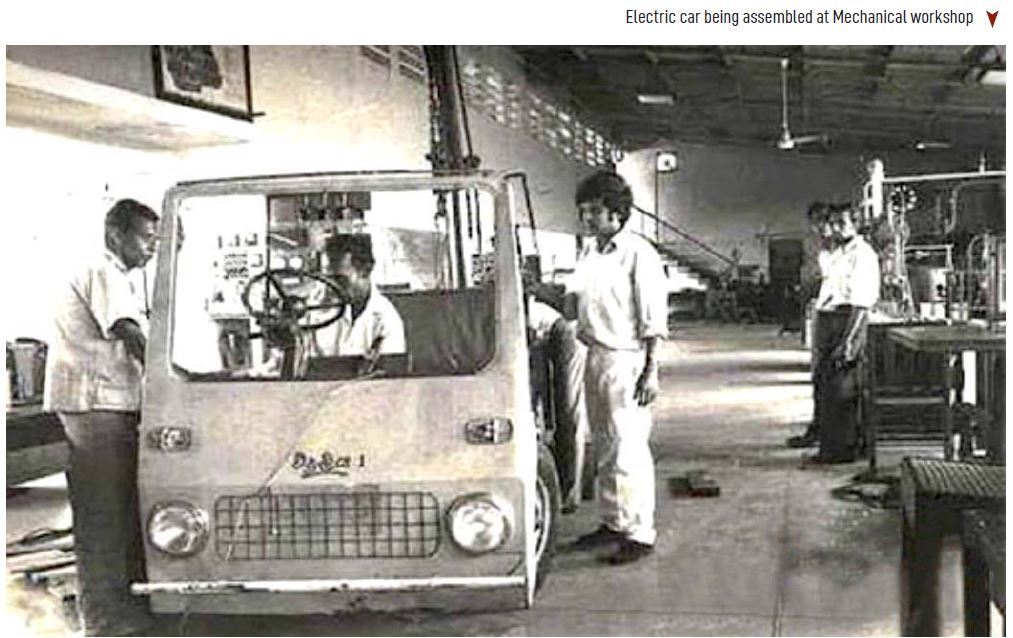
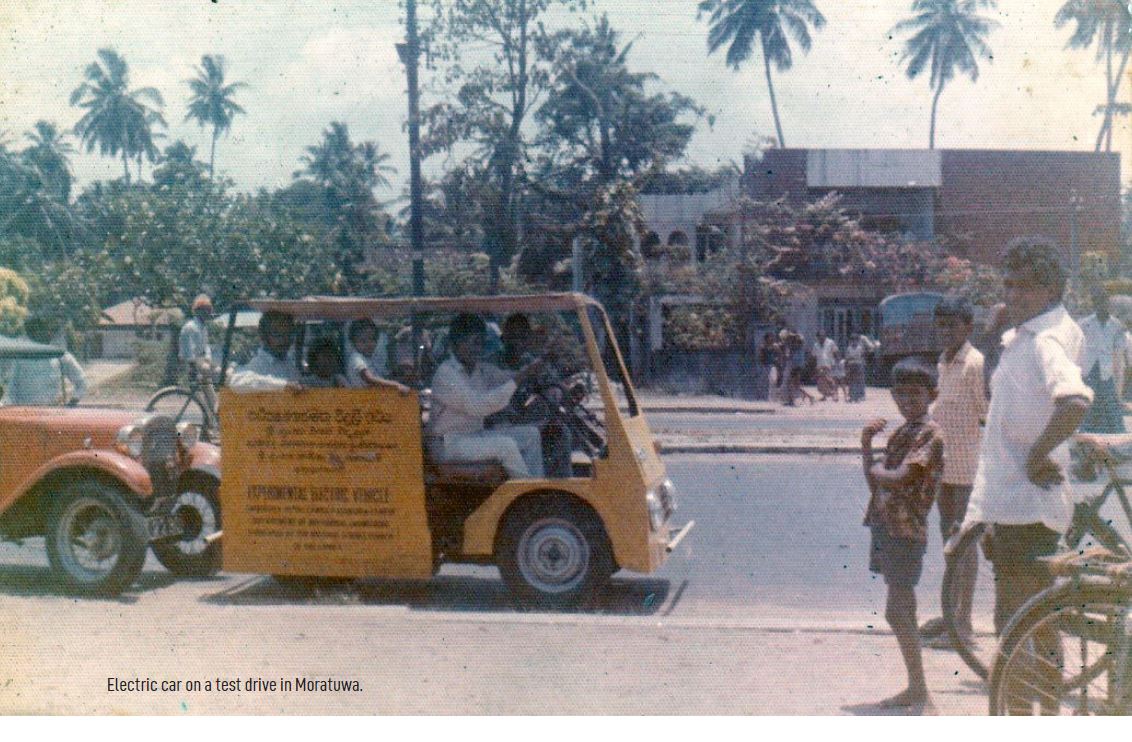
The CAD CAM centre of the Department of Mechanical Engineering was opened during my time. I retired from the Department in 2001. However, I did some visiting lectures until recently. I also served as the chairman of the Ceylon German Technical Training Institute.
Memories elsewhere
I bought my Morris Oxford in UK for £600 which was not bad when compared to the price of a calculator, £100! I drove it all the way back to Sri Lanka with my family. We crossed 12 countries, bypassing Afghanistan. All those lands were quite peaceful at that time. There were long stretches across the desert without human habitats. The desert had sandstorms that were quite dangerous, and we never left the beaten track out of caution. At the Pakistani boarder, we were recognised as “Mrs. Bandaranaike’s people” and they treated us amazingly well with a lot of respect. Such was the respect towards Sri Lankans at that time. After a long & adventurous journey across different lands, we arrived in Sri Lanka. As soon as the car was pulled out from the ship, we saw thieves trying to steal the parts of the car.
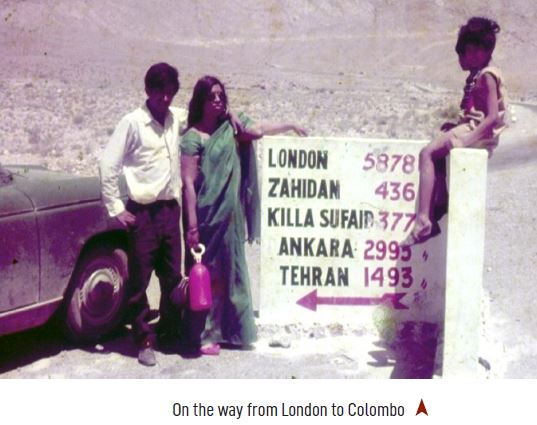
There are many unforgettable people who I met during my time. Late Prof. Patuwathawithana especially was a very good friend and was like an elder brother to me. He had a courageous and inspiring personality. He used to give me a lot of advice, especially about not getting personally involved in political conflicts.
Now…
Driving forward….
I am still engaged in several projects and developments with the support of my son. I developed an electric harvester that can also be converted to a plough. I am planning to prototype it at the Ceylon German Technical Training Institute once the pandemic situation is resolved. Today, I am thinking of developing a machine to fight COVID, by purifying air through compression instead of direct heating. Another idea in my mind is the development of a solar powered water pumping technology for irrigation. I am eager to develop the actual prototypes of all these things as soon as possible.
I have written several books in both Sinhala and English languages. My first book is titled “The Lay of the Sinhale” and the last book I published is “Ayesha at the Himalayan Foothills”. I also wrote an e-book “Hanuman Tower” about a lady engineer. Now I am writing a book on Thermodynamics in Sinhala, and I am currently working on the last chapter.
Food for your journey…
A piece of advice for future engineers and academics
We have progressed since the inception of this university. However, we need to develop “engineers who build” instead of “engineers who import”. If we made use of all the theories we learn, we may not need to import. The trend of importing indeed is one reason why none of the Sri Lankan inventions took off.
I feel that Sri Lanka is not a country that cannot be developed but is rather a country that “is not being” developed, and we need to escape from that state. We need to build things within Sri Lanka if we are to develop. We should try to develop scientific equipment for our local use. In the early days, we used to develop many things in Sri Lanka including wheelbarrows, bicycles, and scales. All that was stopped, and now we do not produce any of those things. Even though there is a belief that imported things are “cheaper”, what exactly does cheap mean? We should not look at the short-term costs but should rather focus on developing goods locally in order to gain true long-term benefits.
-End of the Interview-

